Getting Started
7 basic steps to get you started with your new kitchen plan
Getting Started With Your Kitchen
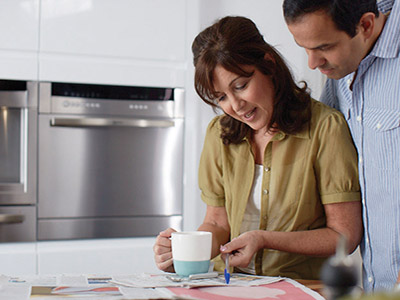
Step 1: Getting Started
Designing the most important room in your home requires careful planning. So, before you do anything else there are some key questions to ask yourself. As you do so keep a record of your ideas so you can refer back to them as your project progresses.
Step 2: How and when you want to use the space
What do you like and don’t like about your existing kitchen. What really works for you in the current layout and what frustrates you? The negatives are just as important as the positives as they can help you form a clear idea of what you do or don’t need in your new kitchen.
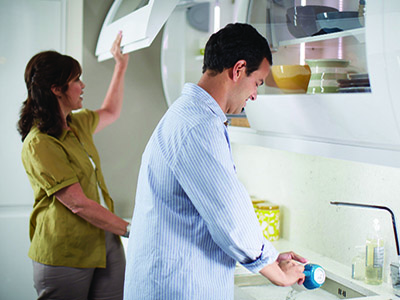
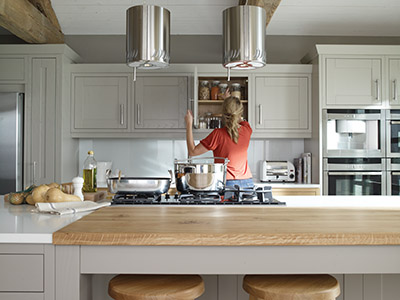
Step 3: Key areas of the room
There are 4 vital zones that will create a natural and efficient flow to your kitchen; cooking, food preparation, sink and storage. However, increasingly kitchens are used for all types of activities. Do you need a room that can cope with the rigours of a busy family? Are you going to dine in your kitchen? If so, plan enough room for a dining table or alternatively a breakfast bar is a great place to congregate.
You may be a keen cook and if you’re cooking for a large family a range cooker may figure in your plans along with plenty of worksurface space You may want to turn your kitchen into an open- plan design in which case an area to relax, and room for a sofa and TV may be important. Ultimately, it’s your kitchen, and the most important thing is how you and your family are going to use the space. Design the space and features (must have items) around the activities that will take place in your kitchen, and most of all ensure you match your kitchen to your lifestyle.
Step 4: Finer details
As you become clear on the demands you will be placing on your new kitchen make a wish-list of your preferred products and materials. From a practical perspective consider what you will require from your appliances, worksurfaces, storage solutions and sink & tap.
You may already have a look in mind for the kitchen in terms of the styles, colours and finishes, but it’s a great idea to gather ideas from magazines or websites. Enjoy creating a scrap-book with cuttings of furniture, flooring, taps, even paint swatches, soft furnishings, crockery or vases – anything that inspires you. Even just images with the right ‘feel’.
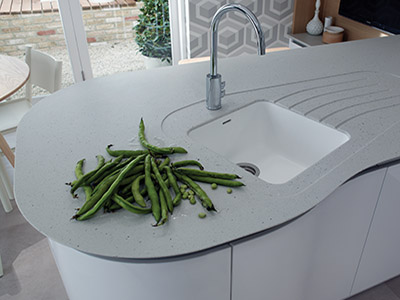
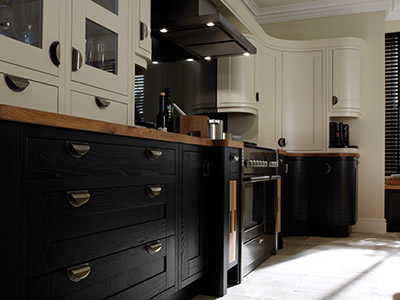
Step 5: Budget
With a kitchen the cost of key elements such as appliances, units and worksurfaces can vary dramatically. For instance, appliances may account for a considerable percentage of the total cost of the kitchen, however if branded top-end ovens, hobs and extractors are specified this percentage can escalate dramatically to become the most expensive element of the project.
Similarly the choice of worksurface materials and door style/material may increase the budget substantially. There may be areas of the project where you may have to be prepared to consider a compromise to stay within your budget.
Step 6: Layout
As a rule of thumb this will be dictated by the existing dimensions of your room, or you may be lucky enough to be planning to extend. If you have the luxury of extending the room then you may want to consider an open-plan kitchen to seamlessly link through to a living area.
Whatever the shape there are clever design options that will ensure you can make the most of the space available to you. Even in a tight space a clever designer can still work miracles.
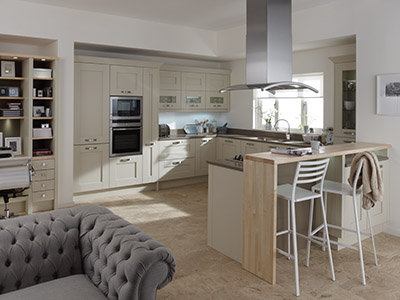
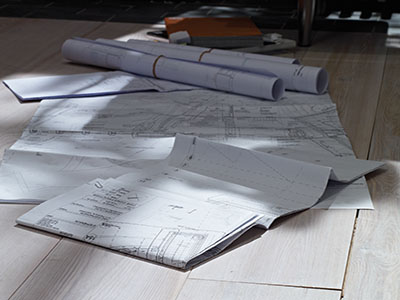
Step 7: Design Advice
Take plenty of time to consider these important points to compile a good brief, which will be essential to take the project forward. There’s no better way to get the most from your ideas than taking advice from a Second Nature expert to create a design that’s perfectly suited to your requirements. Take along your notes, pictures, room dimensions and budget expectations, so your designer understands your individual requirements.
Better still, if you go to the ‘my perfect kitchen’ section of the website we’ll walk you through these simple steps and at the end you’ll be able to download a summary of all the things your kitchen designer needs to know. With this and tailor-made brief. your designer will be able to pull together all the elements to create a layout that’s right for you and your lifestyle.
